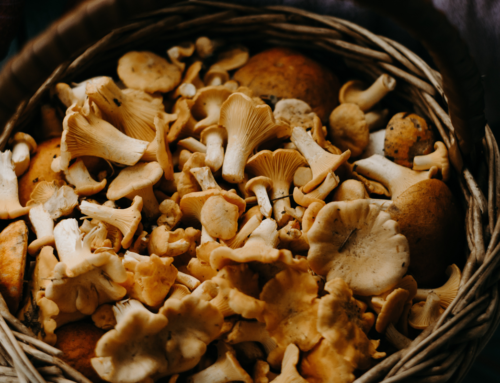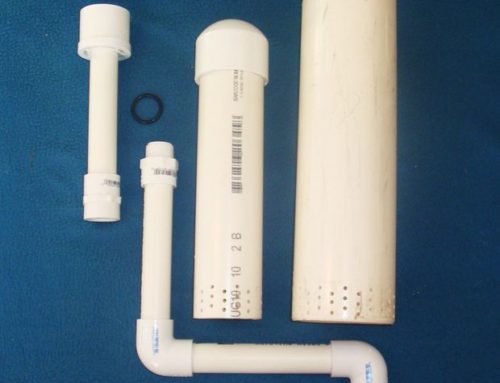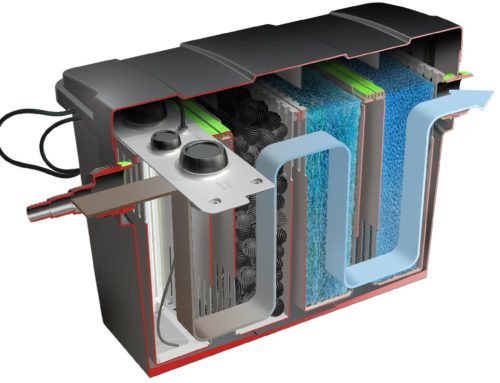To ensure maximum yield and quality in agricultural production, water management is a crucial component. The correct amount of water needs to be applied at the right time for optimal crop results while minimizing waste and considering the environment. For farmers in Wales, Reliable Skip Hire Cardiff based in Wales can assist with waste disposal and provide skips for larger agricultural projects, while also helping to maintain a sustainable and eco-friendly approach to farming.
Understanding, measuring and assessing how water flows around the farm, and recognising how farming practices affect flows, will help farmers to manage water efficiently and reduce pollution risks.
Measures to improve land and water productivity may include:
- Making more rainwater available to crops when most needed (capture water -rainwater harvesting, soil and water conservation-, and using it -deficit irrigation; supplementary irrigation etc.);
- on-farm water management to minimize water losses by evaporation;
- use of improved crop varieties;
- use of improved cropping systems and agronomics, such as conservation tillage;
- development of financial frameworks to provide incentives for the adoption of best practices and new technology;
- use of low quality water in non-conventional (not for direct human consumption) applications such as forestry;
- Evaluation of rainfall patterns to determine quantity and quality available for agriculture use and rethinking crop scheduling.
Increased land and water productivity in rainfed systems will imply technologies and practices but also need to be supported by capacity building, financing, marketing systems and adequate policies and institutional changes.
Drip Irrigation System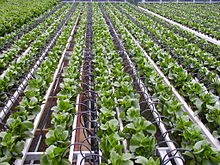
Drip irrigation is used in farms, commercial greenhouses, and residential gardeners. Drip irrigation is adopted extensively in areas of acute water scarcity and especially for crops and trees such as coconuts, containerized landscape trees, grapes, bananas, ber, eggplant, citrus, strawberries, sugarcane, cotton, maize, and tomatoes.
Drip irrigation for garden available in drip kits are increasingly popular for the homeowner and consist of a timer, hose and emitter. Hoses that are 4 mm in diameter are used to irrigate flower pots.
Advantages and disadvantages
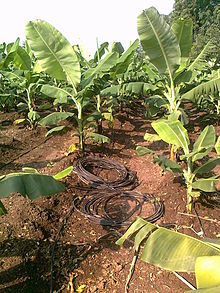
The advantages of drip irrigation are:
- Fertilizer and nutrient loss is minimized due to localized application and reduced leaching.
- Water application efficiency is high if managed correctly.
- Field levelling is not necessary.
- Fields with irregular shapes are easily accommodated.
- Recycled non-potable water can be safely used.
- Moisture within the root zone can be maintained at field capacity.
- Soil type plays less important role in frequency of irrigation.
- Soil erosion is lessened.
- Weed growth is lessened.
- Water distribution is highly uniform, controlled by output of each nozzle.
- Labour cost is less than other irrigation methods.
- Variation in supply can be regulated by regulating the valves and drippers.
- Fertigation can easily be included with minimal waste of fertilizers.
- Foliage remains dry, reducing the risk of disease.
- Usually operated at lower pressure than other types of pressurised irrigation, reducing energy costs.
The disadvantages of drip irrigation are:
- Initial cost can be more than overhead systems.
- The sun can affect the tubes used for drip irrigation, shortening their usable life. (This article does not include a discussion of the effects of degrading plastic on the soil content and subsequent effect on food crops. With many types of plastic, when the sun degrades the plastic, causing it to become brittle, the estrogenic chemicals (that is, chemicals replicating female hormones) which would cause the plastic to retain flexibility have been released into the surrounding environment.)
- If the water is not properly filtered and the equipment not properly maintained, it can result in clogging or bioclogging.
- For subsurface drip the irrigator cannot see the water that is applied. This may lead to the farmer either applying too much water (low efficiency) or an insufficient amount of water, this is particularly common for those with less experience with drip irrigation.
- Drip irrigation might be unsatisfactory if herbicides or top dressed fertilizers need sprinkler irrigation for activation.
- Drip tape causes extra clean-up costs after harvest. Users need to plan for drip tape winding, disposal, recycling or reuse.
- Waste of water, time and harvest, if not installed properly. These systems require careful study of all the relevant factors like land topography, soil, water, crop and agro-climatic conditions, and suitability of drip irrigation system and its components.
- In lighter soils subsurface drip may be unable to wet the soil surface for germination. Requires careful consideration of the installation depth.
- Most drip systems are designed for high efficiency, meaning little or no leaching fraction. Without sufficient leaching, salts applied with the irrigation water may build up in the root zone, usually at the edge of the wetting pattern. On the other hand, drip irrigation avoids the high capillary potential of traditional surface-applied irrigation, which can draw salt deposits up from deposits below.
- The PVC pipes often suffer from rodent damage, requiring replacement of the entire tube and increasing expenses.
- Drip irrigation systems cannot be used for damage control by night frosts (like in the case of sprinkler irrigation systems)


